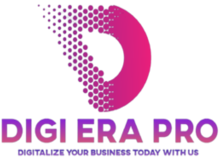SOFTWARE DEVELOPMENT
Software development is the process of conceiving, specifying, designing, programming, documenting, testing, and bug fixing involved in creating and maintaining applications, frameworks, or other software components. Software developers typically do the following: Analyze users’ needs and then design, test, and develop software to meet those needs. Recommend software upgrades for customers’ existing programs and systems. Design each piece of an application or system and plan how the pieces will work together. Software developers have a less formal role than engineers and can be closely involved with specific project areas — including writing code. At the same time, they drive the overall software development lifecycle.
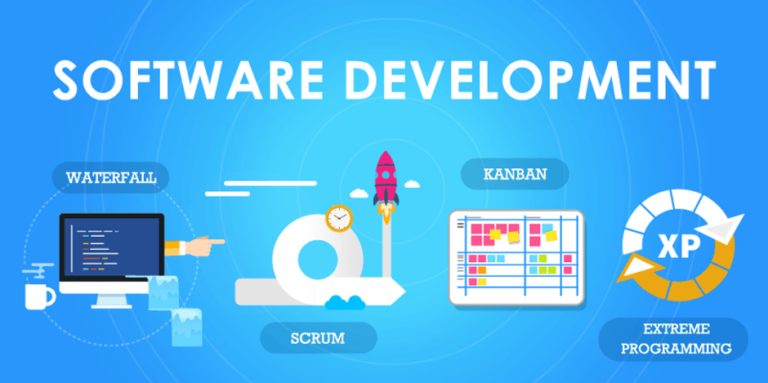
ACCOUNTING & BOOKKEEPING SOFTWARE
Accounting Software records and processes accounting transactions and serves as an accounting information system from which decision makers or company accountants can monitor business processes and generate financial reports. Their essential feature is an interactive financial dashboard with a general ledger for handling double-entry bookkeeping. Common features to this class of software include:
Bookkeeping software – also commonly called accounting software – is designed to record and process business transactions. Think of it as a smart electronic ledger that automates double-entry bookkeeping. Many bookkeeping products can also usually handle (or help with) tasks like billing, payroll, accounts payable, tax filing, and financial reporting.
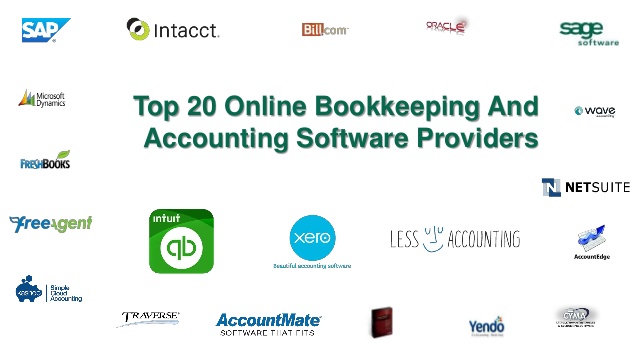
CUSTOM SOFTWARE
Custom software development is the process of designing, creating, deploying and maintaining software for a specific set of users, functions or organizations. In contrast to commercial off-the-shelf software (COTS), custom software development aims at a narrowly defined set of requirements. COTS targets a broad set of requirements, allowing it to be packaged and commercially marketed and distributed. Custom software, on the other hand, is designed for a specific set of needs, such as:
- a field service equipment maintenance program for a manufacturer or
- an online banking app designed for the unique requirements of the bank and its customers.
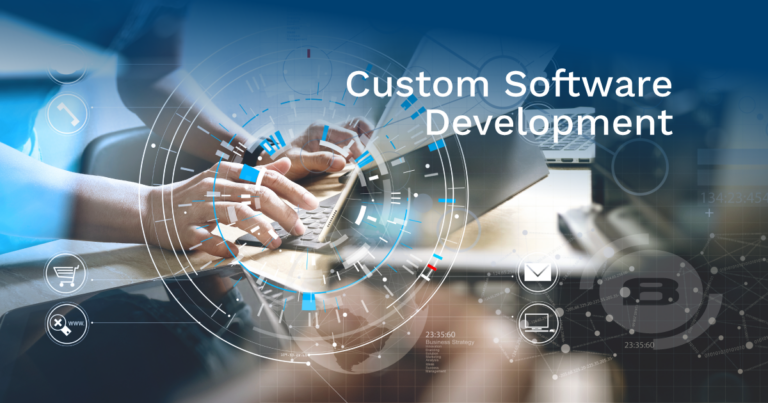
CRM SOFTWARE
CRM software (customer relationship management software), sometimes referred to as sales force automation (SFA) software, helps businesses track and manage customer interactions in a single system of record. A CRM will record interactions between a business, its prospects, and its existing customers. Examples of CRM are sorted by types, such as general use, inbound lead management, sales tracking, social tracking, and a fully integrated system. Most software solutions fall into one or two or multiple CRM types. For instance, HubSpot CRM is an inbound marketing CRM, but it has general, all-purpose tools as well.
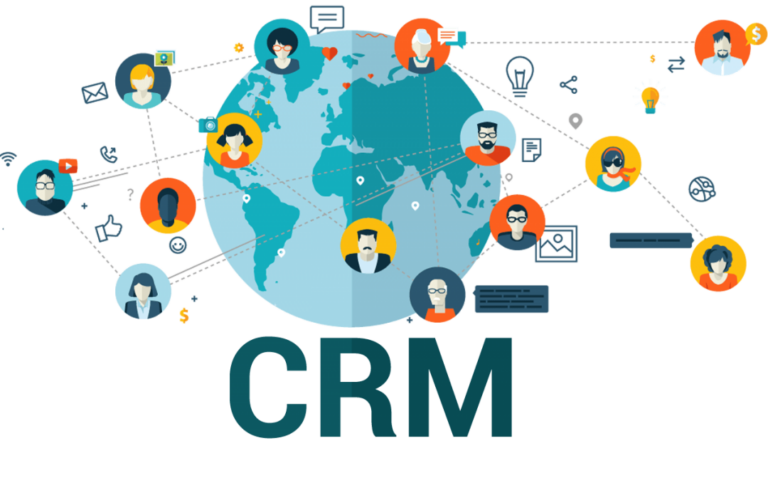
EMPLOYEE ATTENDANCE TRACKER SOFTWARE
Attendance Tracking Software is related to Payroll software, Human Resource software, and Time Clock software. Attendance tracking is a big help for startups and remote teams. Ultimately, the software eliminates human errors in recording employee’s clock in and out information, and input their working hours manually.
DATA-SECURITY SOFTWARE
Data security software comes in all shapes and sizes. Tools exist and are designed to secure all types of data, from individual messages to entire databases. Every company, no matter the size, should make data security a core business practice and be doing all they can to ensure data stored in every crevice of their business is protected; any theft to sensitive information can hurt both the business and the client. No sane business owner wants a data breach to be the public’s only association with their brand. And no individual wants to provide data to a company known to play fast and loose with their sensitive data.
It’s important that businesses map out security vulnerabilities and existing security mechanisms to determine where security could be bolstered. Information in every department, from sales to production, should be storing information in a secure fashion and continually updating security measures as new threats emerge. Data security standards may not be required by law in many countries or localities, but information security should remain a priority regardless of their required efforts.
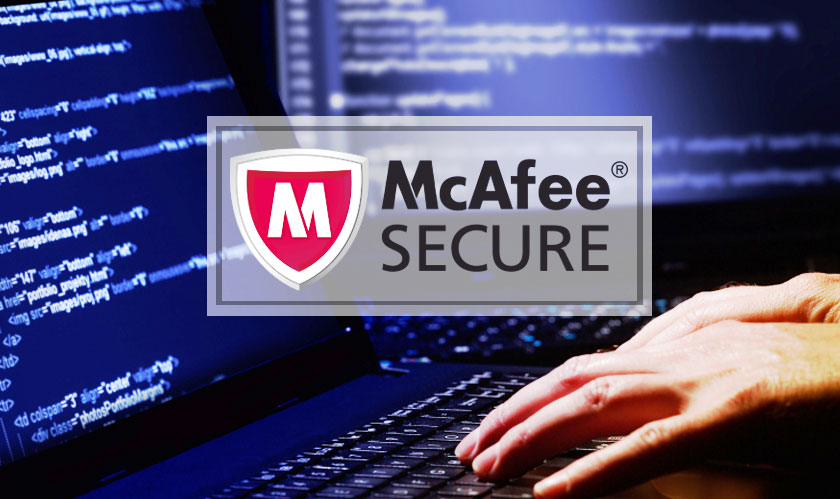
CALL MANAGEMENT SOFTWARE
A call management software helps you to intelligently route and manage both inbound and outbound calls. It also allows you to track business performance by analyzing real-time call reports. Call management is the process of designing and implementing inbound telephone call parameters, which govern the routing of these calls through a network. Calls are routed according to the set up of calling features within the given system such as Call queues, IVR menus, Hunt groups and Recorded announcements.

